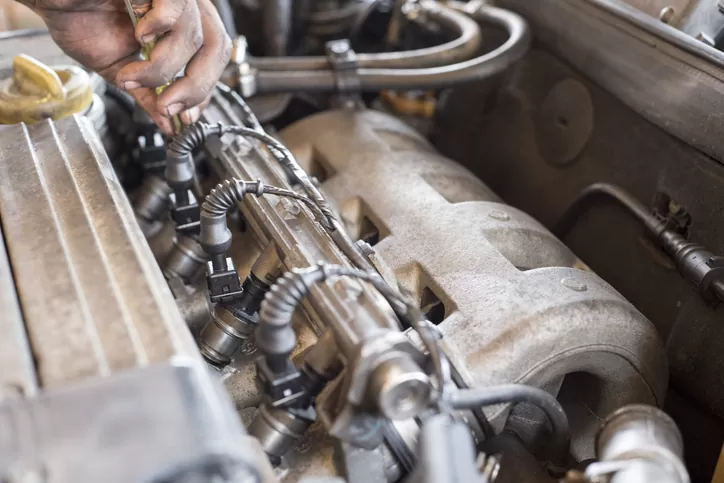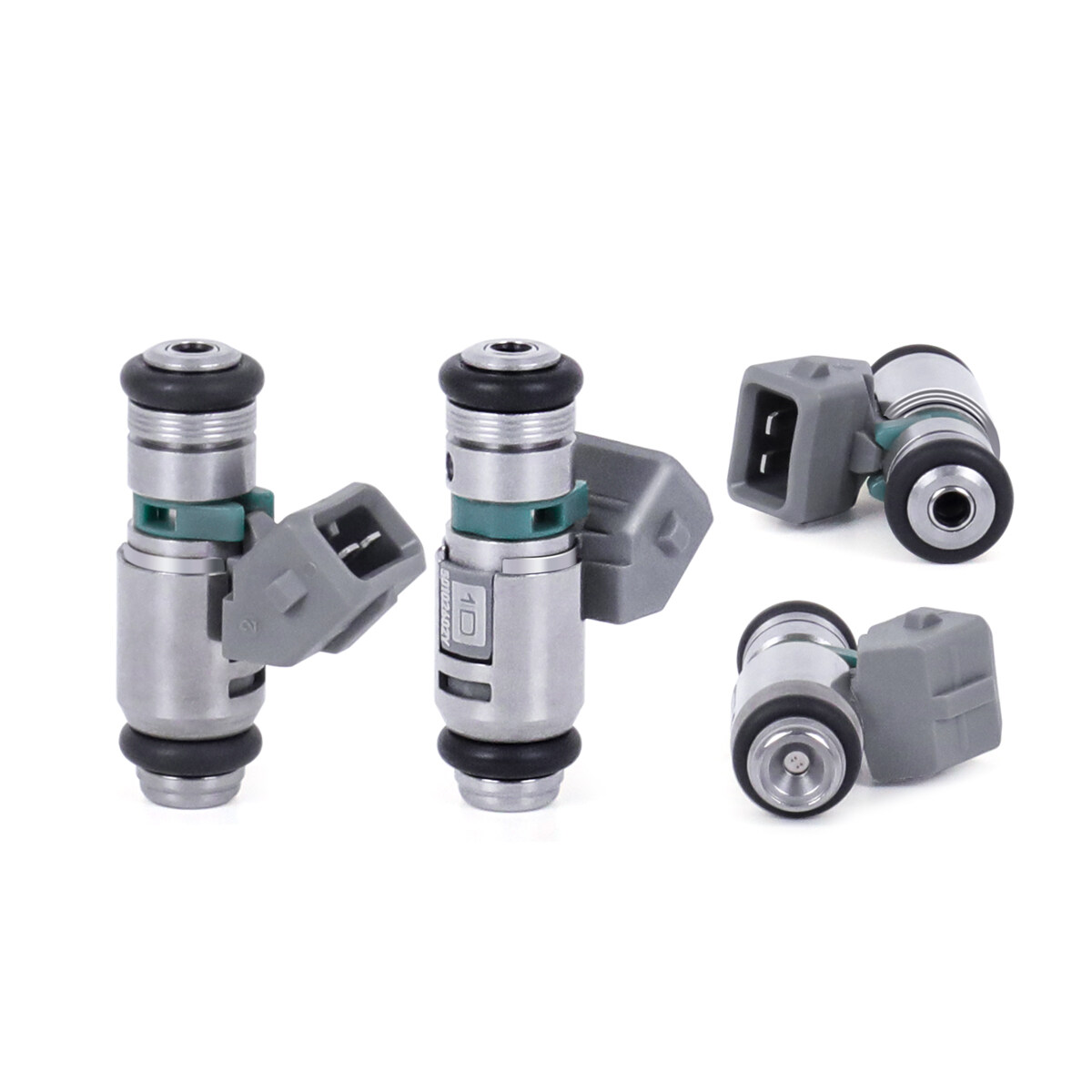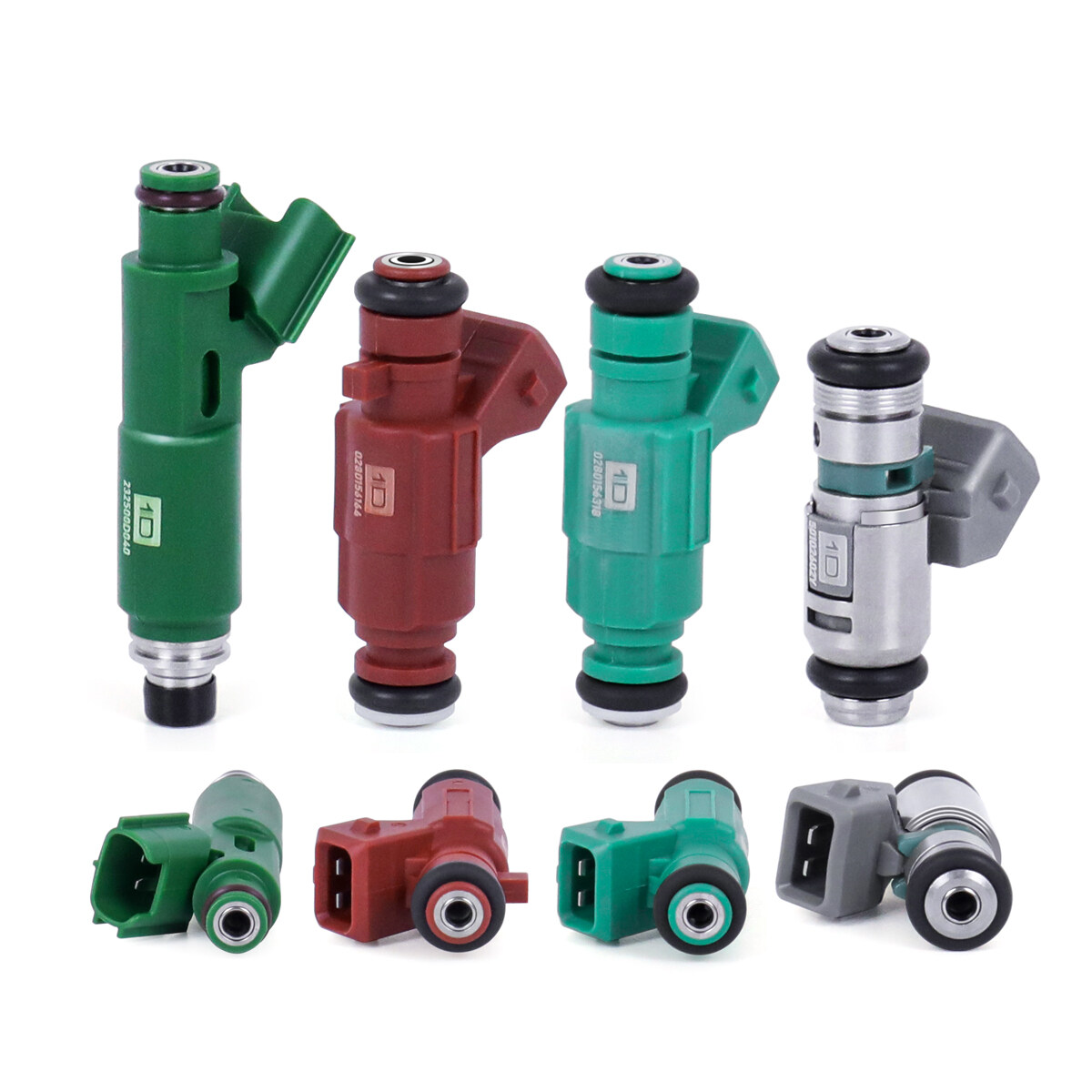Fuel injectors play a crucial role in the functioning of a vehicle's engine by delivering the right amount of fuel to the combustion chamber. Over time, fuel injectors can become clogged or worn out, leading to poor engine performance and fuel efficiency. In this article, we will discuss how to replace a fuel injector, how often it should be replaced, and tips for troubleshooting common issues.
How to Replace the Fuel Injector
Replacing a fuel injector can be a challenging task, but with the right tools and knowledge, it can be done at home. Here is a step-by-step guide on how to replace a fuel injector:
- 1. Locate the fuel injector: The fuel injector is typically located on the fuel rail, which is attached to the intake manifold. You may need to remove the engine cover or air intake to access the fuel rail.
- 2. Disconnect the fuel lines: Before removing the fuel injector, you will need to disconnect the fuel lines. Be sure to relieve the fuel pressure first by disconnecting the fuel pump fuse or relay and running the engine until it stalls.
- 3. Remove the old fuel injector: Once the fuel lines are disconnected, you can remove the old fuel injector by unbolting it from the fuel rail. Be careful not to damage the injector nozzle during removal.
- 4. Install the new fuel injector: Install the new fuel injector by bolting it onto the fuel rail and reconnecting the fuel lines. Be sure to use new O-rings to prevent leaks.
- 5. Test the fuel injector: After installing the new fuel injector, start the engine and check for any leaks or abnormal engine behavior. If everything looks good, you have successfully replaced the fuel injector.

How Often Should the Fuel Injector Be Replaced and Signs of Replacement
The frequency at which a fuel injector should be replaced depends on various factors, such as the quality of fuel used, driving conditions, and maintenance practices. In general, fuel injectors should be replaced every 50,000 to 100,000 miles. However, there are certain signs that indicate a fuel injector needs to be replaced sooner:
- 1. Poor fuel efficiency: If you notice a decrease in fuel efficiency or an increase in fuel consumption, it could be due to a clogged or malfunctioning fuel injector.
- 2. Engine misfires: A faulty fuel injector can cause engine misfires, rough idling, or hesitation during acceleration.
- 3. Engine stalling: A clogged fuel injector can disrupt the fuel flow to the engine, leading to engine stalling or difficulty starting the vehicle.
- 4. Check engine light: If the check engine light is illuminated, it could be a sign of a faulty fuel injector or other engine-related issues.
Choose a reliable brand of fuel injector. If replacement is required, replace it with a 1D brand fuel injector.

Tips for Troubleshooting Fuel Injector
If you are experiencing issues with your fuel injector, here are some tips for troubleshooting common problems:
- 1. Use a fuel injector cleaner: Regularly using a fuel injector cleaner can help prevent clogs and maintain optimal fuel injector performance.(Generally used once every 80,000 kilometers)
- 2. Check for leaks: Inspect the fuel injector and fuel lines for any leaks or signs of damage. Leaks can lead to fuel wastage and engine performance issues.
- 3. Test the fuel injector: If you suspect a fuel injector is faulty, you can perform a fuel injector test using a multimeter to check for proper resistance and continuity.
Contact 1D Auto Parts,we also have piston, piston ring,spark plug, cylinder liner, valve and other products. Contact us to learn moreWhatsapp : +86 18144837660Wed : www.1dauto.com www.1doem.com


